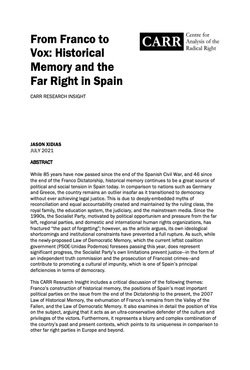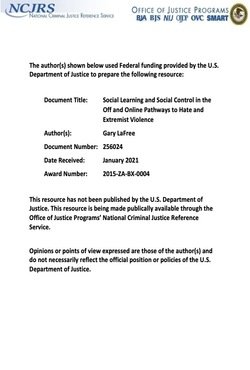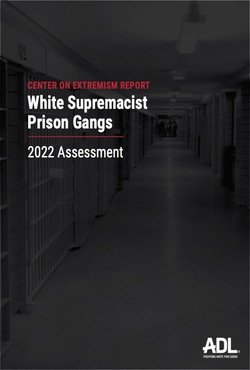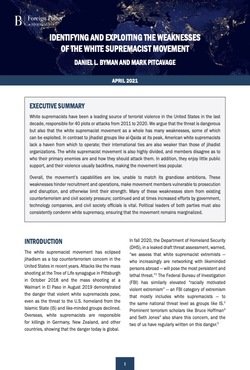Edited by Dominique Grisard, Annelise Erismann, Janine Dahinden
Violence is a persistent element of modern history and it always has been gendered. Today’s violent times have politicized and mobilized new publics, generated creative forms of resistance, incited the most unlikely coalitions, and emboldened to live life differently. The systemic use of rape as a strategy in war fare, nationalism, and settler colonialism, the persistency of intimate partner violence, and the increasingly open racist, sexist, transphobic, and homophobic discrimination are just a few examples of violence’s omnipresent gender dimension. The contributions of this volume analyse violence and multiple forms of resistance from an interdisciplinary gender perspective. They show that violence is not just a central and powerful structuring principle of gender, sexuality, ethnicity, race, and class, but that it is also part of the fabric of nation states and structures all social relations. In addition, the contributions depict manifold strategies and tactics of confronting gendered violence.
Zurich: Swiss National Science Foundation (SNSF), 2022. 155p.



















